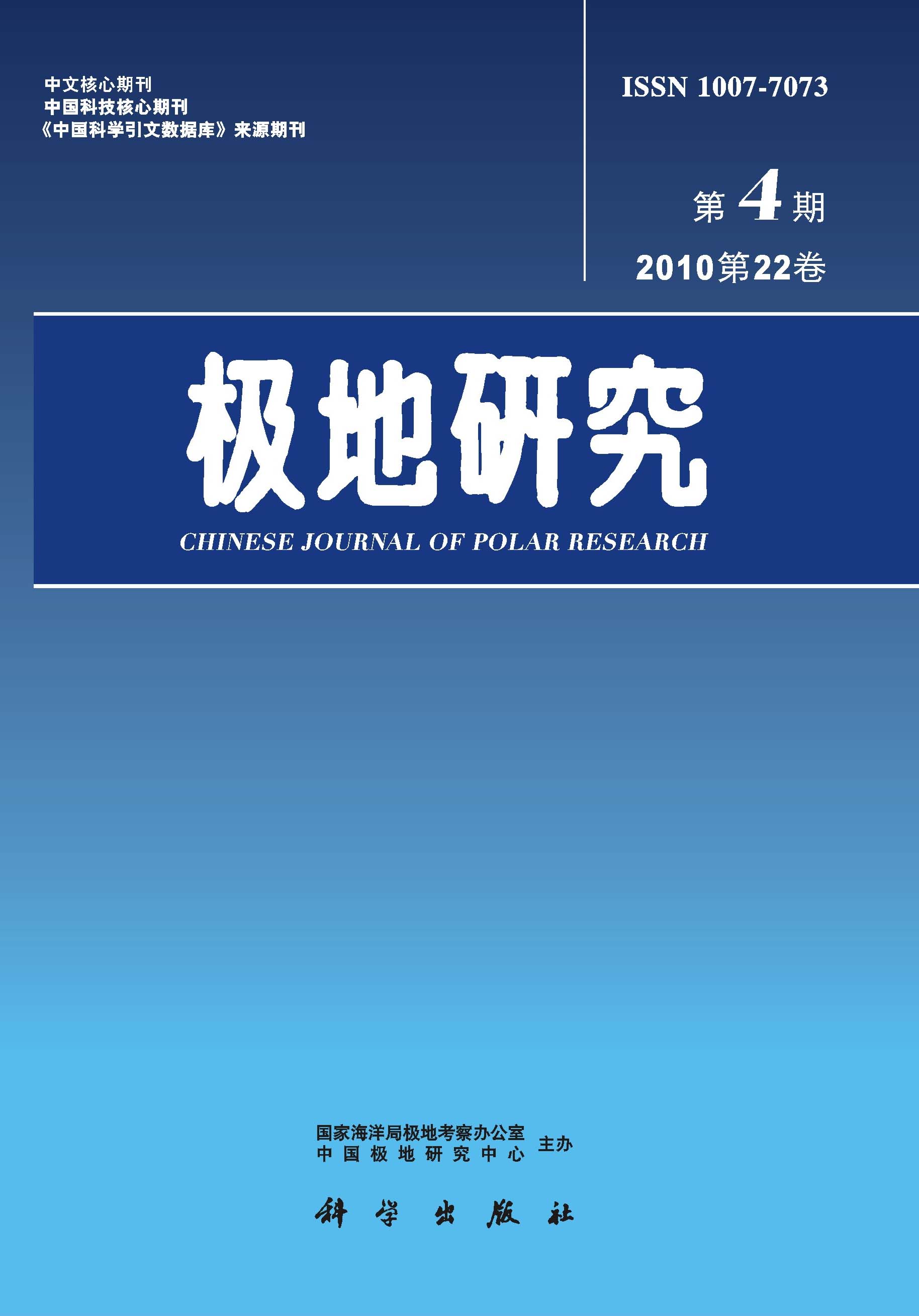This paper reported a 342 day continuous observation of the blood pressure,heart rate and body temperature of a member during his long term stay at Zhongshan Station, Antarctica. The result showed that there was no obvious change in the subject diastolic blood pressure,but his night systolic blood pressure,heart rate and the average of his body temperature all increased obviously, unrelated to the changes in air temperature, atmospheric pressure and relative humidity. There was no clear change in his systolic blood pressure and body temperature during polar night. During the night, his diastolic blood pressure increased, though not to a significantly different level, his diastolic blood pressure dropped obviously, and his heart rate also clearly increased. During polar day, his blood pressure,heart rate and temperature were higher in the morning than in the evening, though both remained in the normal range. Also during polar day, his morning systolic blood pressure and the atmosphere pressure, his night systolic blood pressure and the relative humidity, as well as his night body temperature and the relative humidity were all obviously positively correlated. Comparing polar night and day, there was no obvious difference in his morning systolic blood pressure and his body temperature, while there was obvious difference in his heart rate. His diastolic blood pressure during polar night and body temperature were both lower than the measures during polar day. This study can possibly provide some valuable information for the study of Circulative Physiology and Applied Physiology in the special environments.

